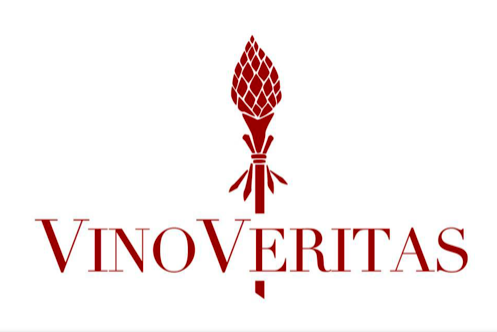A ‘named’ Côtes du Rhône Villages since 1967, Cairanne was granted ‘cru’ appellation status in 2016, in recognition of the quality of the wines and terroir. Located in the heart of the southern Rhône
valley, to the east of Orange, its 1,087ha of vineyards lie between the two Rhône tributaries of Ayges and Ouvèze, rising from the alluvial valley floor to the hillside slopes of La Monté de Ventabren. On the various soils of this Mistral buffeted hill are to be found the majority of Domaine Boutinot’s vineyards with La Pauline and Les Six Terrasses, two of the appellation’s best plots, nudging the summit. Both are broad terraces of ‘argilo-calcaire’ - heat retaining limestone pebbles over water- retentive clay. The pebbles help maintain diurnal temperature variances and aid ripening, while the roots find water in the clay to sustain the vines during the summer growing season. As with all Domaine Boutinot’s plots they are managed by minimal intervention and both vineyards benefit from all-day sun and the cleansing Mistral winds. Planted mostly in 1969, the old bush vine Grenache Noir ripens slowly and evenly to produce low yields of deeply concentrated grapes, all harvested by hand into small baskets and destined to form a significant part of the blend of La Côte Sauvage. Vinification is traditional, in open-topped tronconique (6,000l oak vats) and using only the natural yeasts present on the grapes, with long cuvaison, gentle remontage and manual pigeage. Parcels of Grenache Noir, Syrah, Carignan and Mourvèdre are then selected to be matured for twenty two months in French oak, a combination of 228l barrels and 600l demi-muids of differing ages, carefully chosen so that the oak is integrated and the wine retains the finesse for which Cairanne is noted. Selecting the final assemblage of La Côte Sauvage involves tasting each barrel and each demi-muid (at least 110 barrels) to create this luxuriously elegant wine.
 Image 1 of
Image 1 of


